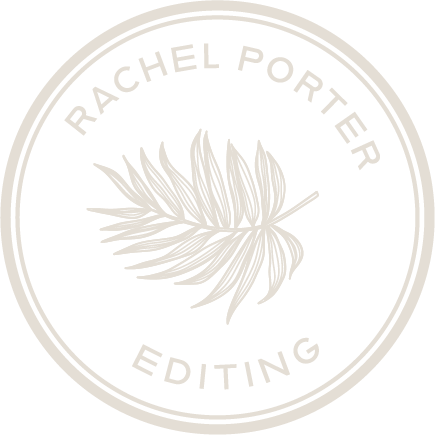How to create a family cookbook
Grandma Marge, me, and my brother rolling out cookies in our kitchen.
Family recipes hold a special place in my heart. Grandma Marge was my family’s baking matriarch, and she taught generations of my family how to bake using her tried-and-true recipes. Those recipes are still family favorites to this day.
Though my grandmother passed away when I was seven, her memory lives on through the recipes she taught me, starting when I was just two. Now that I am a mother, I look forward to telling my son about Great-Grandma Marge and teaching him how to make her cherished recipes.
I created a family cookbook to ensure that all our family recipes are preserved for my son, and to help tell him our family story. Below is a page from that cookbook: a recipe for Peanut Butter Balls, my family’s favorite treat during the holiday season.
Grandma Marge’s recipe for Peanut Butter Balls, as it appears in our family cookbook.
Many families have a tradition of passing down recipes. Recreating special family dishes can build a sense of family identity and strengthen inter-generational bonds. Creating a family cookbook is a lovely way to honor the family cooking tradition and to preserve your family’s recipes for future generations.
You can create a family cookbook in five steps:
First, you’ll need to gather the recipes. Consider reaching out to other family cooks for their input. Depending on the number of recipes you have to work with, you could organize your cookbook around a theme (a meal, an ingredient, a cuisine) or you could choose to include the most meaningful family favorites. Ideally, you’ll have at least 10 recipes in your family cookbook.
While you’re reaching out to family members for recipes, ask for stories and photos as well. Family recipes are as much about food memories and the cooks behind the dishes as they are about the food itself. Including family anecdotes and photos will make your family cookbook especially meaningful.
Next, you’ll need to digitize and format the recipes. You’ll want to ensure that your recipes are easy to follow and consistent with one another so they can be easily recreated by future generations.
This may mean updating the recipe’s title, ingredients and the order they appear in, measurements, or incorporating notes and adjustments from over the years.
If the recipe wasn’t created by a family member, you’ll want to be sure to credit its original author or the place where the recipe came from.
What cookbook would be complete without photos of the finished dishes? You’ll want to have photos of at least two thirds of your recipes. If that seems like a lot, consider enlisting friends and family members to recreate and photograph a few recipes each.
Now that you have recipes, photos, and anecdotes, you’re ready to design your cookbook. Take advantage of the many photo book services available and use their design templates to create a stunning cookbook.
The end result is an enduring memento of your family, its stories, and—most importantly—its food!
Creating a family cookbook is a big project. Though the end result is worth it, the process may feel overwhelming.
In the 35+ years since my grandmother first taught me to bake, I became a professionally trained pastry chef, I’ve read countless recipes and cookbooks, and I’ve created an abundance of my own recipes. I know what works and what doesn’t—both as a pastry chef and as an editor.
Let me guide you through creating an enduring family heirloom. Send me an email or book a call today to discuss how I can support the creation of your beautiful and meaningful family cookbook.


